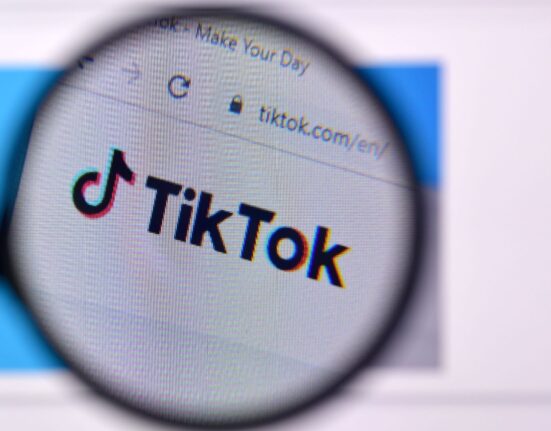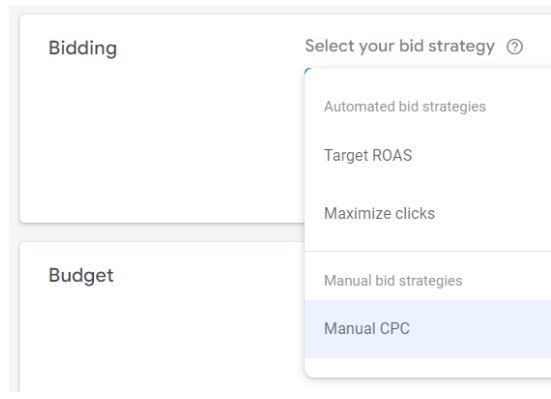Mental accounting refers to the way people mentally categorize their money into different “pots,” such as dining out, vacations, or regular expenses, which significantly influences how they choose to spend it. This behavior, while practical in some cases, is driven more by emotions than logic. Research highlights this effect in various ways: people are more likely to indulge in a vacation when it’s funded by gift money rather than a work bonus, even though both are technically the same in value.
Likewise, individuals tend to spend more freely when using a credit card as opposed to cash, and often end up using refunds for purchases they never initially planned. This phenomenon extends beyond real-world scenarios, even showing up in video games like Grand Theft Auto, where players treat in-game currency as separate from real money. For instance, spending $10 on virtual dollars might feel like a good deal because it doesn’t seem connected to their actual finances.
For businesses, understanding this aspect of human behavior can be a valuable tool. Since customers don’t always make rational financial decisions, businesses can use mental accounting insights to influence purchasing behavior through strategic pricing, promotions, and incentives. By playing into these emotional spending habits, companies can encourage more sales. However, it’s crucial for businesses to use this knowledge ethically, ensuring they offer fair value while still tapping into the psychology behind how customers perceive and use their money. A deep understanding of mental accounting can help businesses sell more effectively, but with integrity, ensuring long-term customer trust and loyalty.
💰 Where Should Your Next Marketing Dollar Be Spent, And Why Is It Amazon?
The ultimate question for any omnichannel DTC brand is figuring out where to allocate your next marketing dollar for the best return. While directing customers to your own DTC site helps you collect valuable customer data, like email addresses, Amazon charges a hefty 15% referral fee on every sale, which might make you question why you’d invest your marketing dollars there.
1. Unmatched Purchase Intent and Conversion Rates
The main reason lies in Amazon’s incredible purchase intent and conversion rates. For established CPG brands, advertising at the top of high-volume keywords can result in conversion rates between 15-25%. Yes, that’s correct—about 1 in 5 shoppers typically convert on prospecting campaigns. Even though cost-per-click (CPC) rates can range from $3-5 or higher, Amazon Sponsored Ads can deliver the best return on ad spend (ROAS) for new customer acquisition, often making up for the lost customer email and referral fee—especially when promoting subscription options like “Subscribe & Save.”
2. Success Beyond CPG Brands
Non-CPG brands and higher-ticket items can also see great success on Amazon. While these products may have lower conversion rates, items priced at $60-80 or more can still achieve 15-20% conversion if competitively priced. For categories like electronics or home goods, where repeat purchases are less common, click costs tend to be lower. In these cases, Amazon’s platform remains a highly effective channel for maximizing ROI.
3. The Power of Amazon Organic
It might seem like acquiring customers via your DTC site is better because you can remarket to them. While that’s true, you shouldn’t overlook the power of organic ranking on Amazon. Brands that rank high for their keywords can see massive returns without additional ad spending. In some cases, brands will even take short-term losses to secure that top spot, knowing the long-term benefits of organic visibility and traffic on Amazon far outweigh the initial costs.
4. Leveraging Amazon’s Ecosystem
Amazon’s ecosystem also offers unique perks, such as Prime eligibility, which can significantly boost conversion rates thanks to free shipping and faster delivery. Being part of the marketplace also increases brand visibility through customer reviews, cross-promotions, and algorithmic recommendations, all of which enhance long-term customer engagement and brand recognition.
5. Long-Term Customer Acquisition Strategy
Finally, Amazon can be an important piece of your long-term customer acquisition strategy. Although you don’t capture customer data upfront, Amazon’s strong reputation and trusted platform can help first-time buyers feel confident about purchasing your products. Over time, those customers may come directly to your DTC site for repeat purchases, especially if you implement effective follow-up strategies.
In summary, while Amazon might seem costly with its fees and lack of direct customer data, its unmatched purchase intent, high organic growth potential, and solid ROI make it an essential component of any well-rounded marketing strategy.











Leave feedback about this